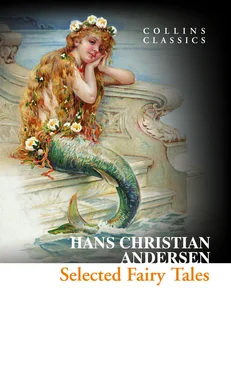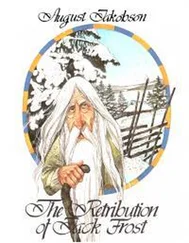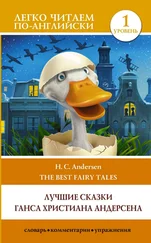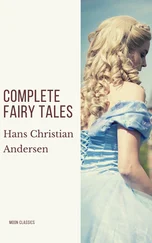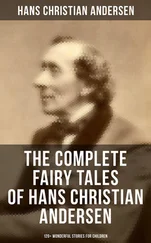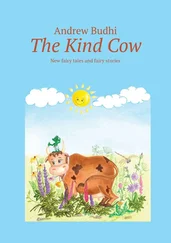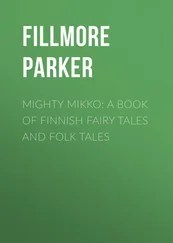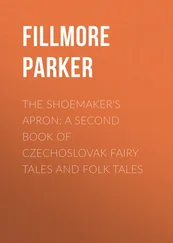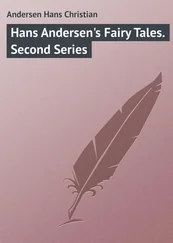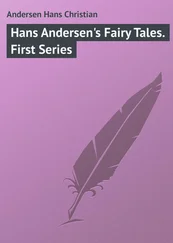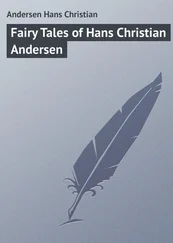That Andersen was able to become the author of his own destiny is thanks in large part to a series of fortuitous encounters along the way, beginning with his father, Hans. The young Andersen may have been an unenthusiastic schoolboy, but in the evenings Andersen Senior instilled in him a passion for extraordinary stories, reading to him from the Arabian Nights , the fables of Jean de la Fontaine and the Bible – though one of his favourite yarns, unproven to this day, was that the family was descended from Danish nobility. Even when he was sent out to make money, the boy enjoyed sharing folk tales with his adult co-workers, many of which influenced the stories he went on to write.
Life in Odense was certainly hard, but Denmark’s second city was at least large enough to have its own theatre – one that attracted travelling performers from the Royal Theatre in Copenhagen – and Andersen made his first visit there aged seven. By the time he arrived in the capital in 1819, his only dream was to join the theatre as a dancer, singer, actor or writer.
The dream almost foundered on day one, when Andersen performed a disastrous ballet audition at the Royal Theatre and was thrown out. Armed with a letter of recommendation from an Odense printer, however, he persisted in his attempts to infiltrate the institution and was rewarded with a place at the School of Singing and Dance – a place that was revoked nine months later when his voice began to break. Still he refused to leave, enduring a string of non-speaking stage roles while improving his reading and writing. In turning down Andersen’s first play in 1822, one director remarked that the boy nevertheless showed ‘an unmistakable aptitude for writing’.
That same year, the Royal Theatre finally gave Andersen a break. Though his second play was likewise turned down, the rejection came with a recommendation that he be sent to grammar school for a proper education. Having arranged for him to receive a generous grant, the theatre’s director became his guardian and mentor, overseeing his seven years at school and university. Of greatest value during this time, however, was Andersen’s acquaintance and then friendship with the lecturer B.S. Ingemann, who in 1820 had published Denmark’s greatest collection of fairy tales – an accolade his protégée would soon usurp.
In February 1835 Andersen wrote to Ingemann: ‘I have started some fantastic tales for children and believe I have succeeded. I have told a couple of tales which as a child I was happy about, and which I do not believe are known, and have written them exactly the way I would tell them to a child.’ His first collection of ‘eventyr’ (‘fantastic tales’) appeared later that year. (‘Fairy tale’ comes from the ‘contes de fées’ of a French writer, Madame d’Aulnoy, in the late seventeenth century.)
Unlike the Brothers Grimm, whose fairy tales, published during Andersen’s childhood, were almost exclusively based on ancient German folk stories, Andersen’s ‘eventyr’ took their inspiration from a wide range of sources. Some, such as ‘The Princess and the Pea’, were taken from tales he had heard as a boy; others, including ‘The Emperor’s New Clothes’ and ‘Thumbelina’, were adapted from foreign stories – a medieval Spanish tale and the English ‘Tom Thumb’ respectively. But Andersen was above all a master of invention: some of his greatest tales, including ‘The Little Mermaid’ and ‘The Ugly Duckling’, were entirely his own, while ‘The Little Match Girl’ was inspired by a popular woodcut.
Critics derided the 1835 collection for its simplistic language, and sales would have discouraged anyone other than the resilient Andersen, who instead continued to hone his craft and publish. By 1843, when he produced his masterpiece, ‘The Ugly Duckling’, his fairy tales were, in his own words, ‘selling like hot cakes’.
A regular guest at palaces and parties, Andersen was feted wherever he went; in 1866 he was granted the freedom of the city of Odense, despite having rarely gone back. But he never lost the social awkwardness he’d carried with him since his sudden rise to fame; he once joked that ‘The Ugly Duckling’ was the story of his life, but in reality he never quite learned to fit in.
Andersen never married, though not for want of trying. He fell hopelessly, unrequitedly in love with a string of unattainable women as well as men. His ill-at-ease social presence bemused and frustrated his friends, not least Charles Dickens, whom Andersen riled in 1857 with a seemingly endless visit; five weeks after his arrival at the Dickens family home, he had to be asked to leave. ‘He was a bony bore,’ Dickens’ daughter reported, ‘and he stayed on and on.’ In the ten years since their first meeting, Dickens had used a thinly veiled caricature of Andersen in David Copperfield : the ‘high-shouldered and bony’ clerk Uriah Heep.
Nevertheless, the quality of Andersen’s imagination and writing made him a national treasure and an international celebrity. In 1875, the year of his death, one London newspaper declared that his fairy tales ‘deserve a place in the pantheon where Homer and Shakespeare live forever’.
Andersen died in August 1875 at Rolighed (‘Calmness’), the home of a close friend. His funeral drew a large and eclectic crowd, from the king and crown prince down to representatives of the Workers’ Association for whom he had performed numerous readings. Since 1967 his birthday, 2 April, has been celebrated as International Children’s Book Day, although Andersen maintained to the end that his stories were written for everyone. ‘My fairy tales were just as much for adults as for children, who only understood the ornamental trappings,’ he wrote in his diary shortly before his death, ‘but only as mature adults can they see and perceive the contents. The naive was only one part of my fairy tales; the humour was the actual zest in them.’
CONTENTS
Cover
Title Page SELECTED FAIRY TALES Hans Christian Andersen
Copyright
History of Collins
Life & Times
The Tinder-box
The Elf of the Rose
The Emperor’s New Suit
The Fir Tree
The Ice Maiden
The Little Elder-tree Mother
The Little Match-seller
The Little Mermaid
Little Tiny or Thumbelina
The Princess and the Pea
The Money-box
The Nightingale
The Red Shoes
The Snail and the Rose-tree
The Shadow
The Shepherdess and the Sheep
The Snow Queen
The Brave Tin Soldier
The Travelling Companion
The Ugly Duckling
The Wild Swans
CLASSIC LITERATURE: WORDS AND PHRASES adapted from the Collins English Dictionary
About the Publisher
A soldier came marching along the high road: “Left, right—left, right.” He had his knapsack on his back, and a sword at his side; he had been to the wars, and was now returning home.
As he walked on, he met a very frightful-looking old witch in the road. Her under-lip hung quite down on her breast, and she stopped and said, “Good evening, soldier; you have a very fine sword, and a large knapsack, and you are a real soldier; so you shall have as much money as ever you like.”
“Thank you, old witch,” said the soldier.
“Do you see that large tree,” said the witch, pointing to a tree which stood beside them. “Well, it is quite hollow inside, and you must climb to the top, when you will see a hole, through which you can let yourself down into the tree to a great depth. I will tie a rope round your body, so that I can pull you up again when you call out to me.”
Читать дальше
